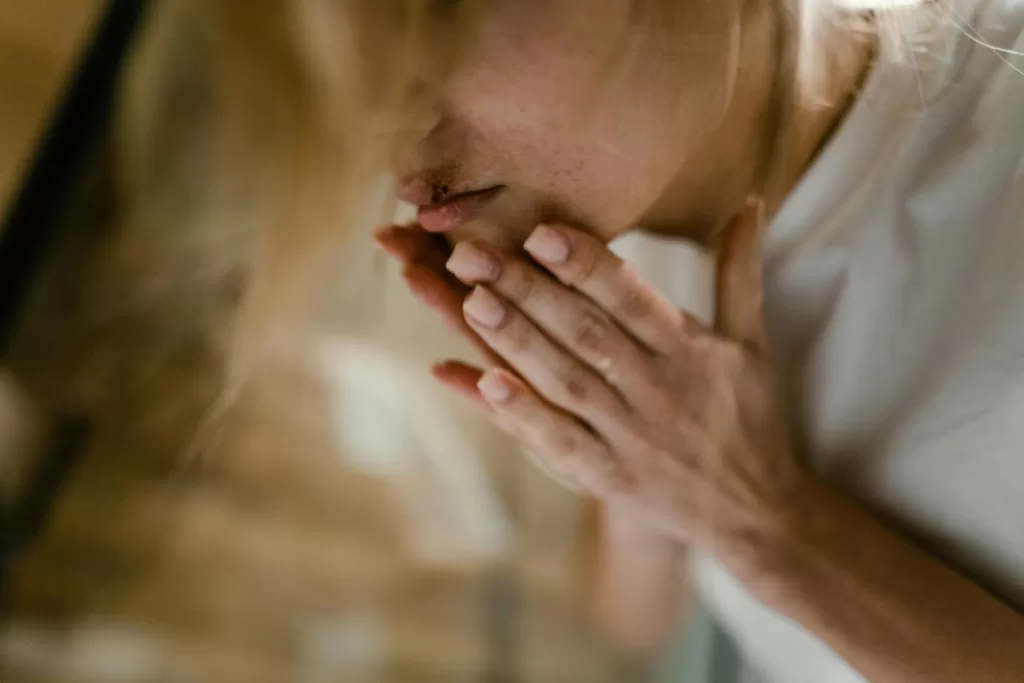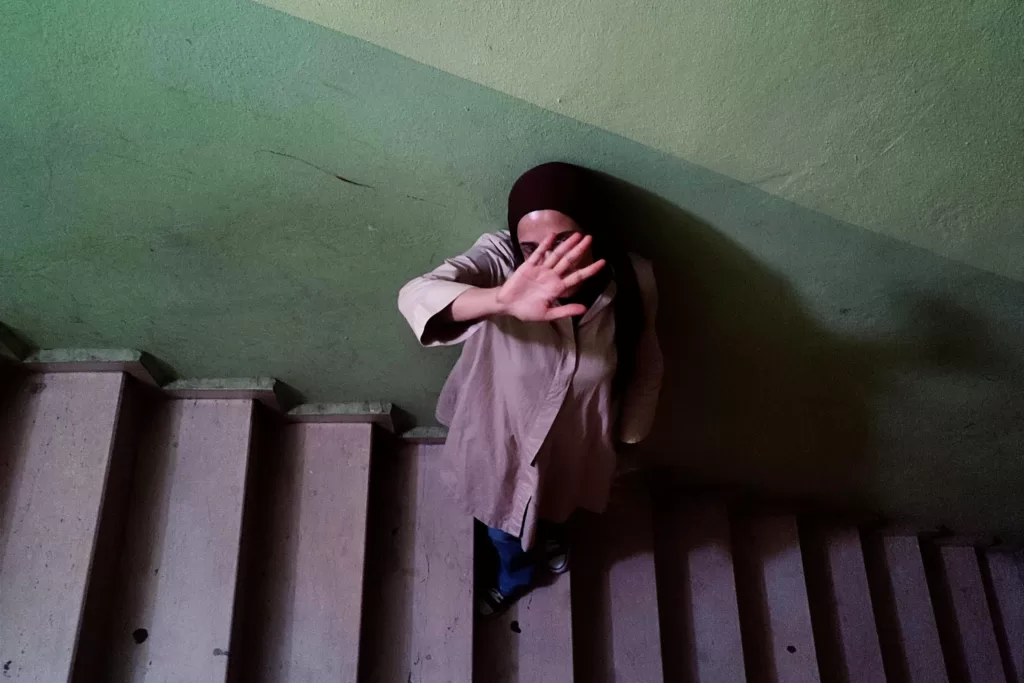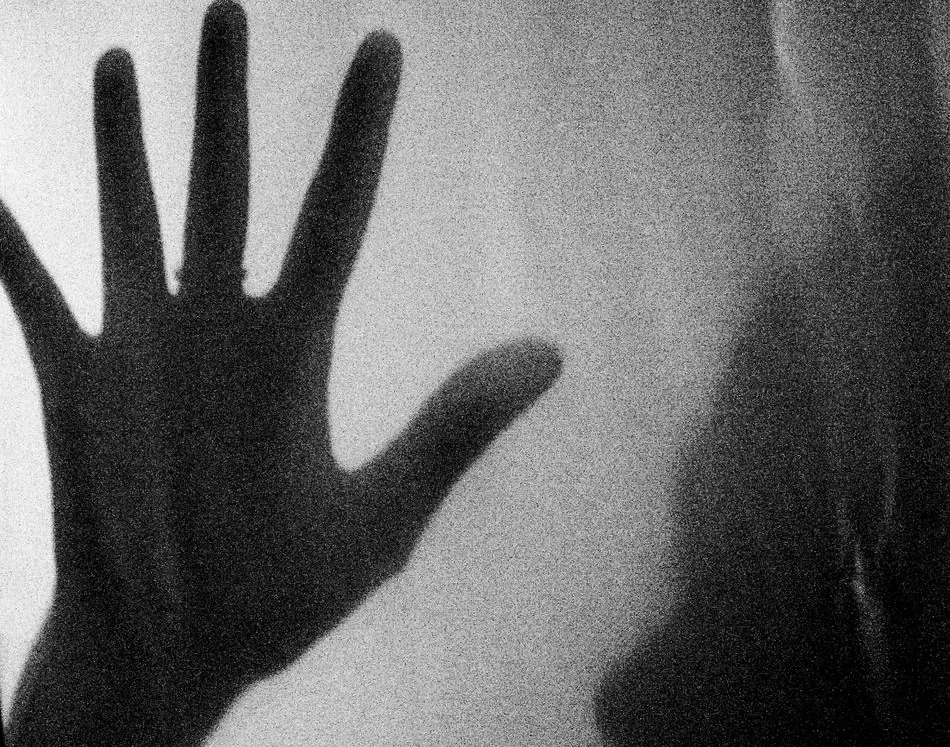Despite various legal provisions to address, acid attack as a form of gender violence does not get the importance it deserves.
 There is an urgent need to change the stigma surrounding acid attacks in Indian society and treat it on par with other heinous forms of gender violence. : Linda DV Flickr, CC BY-NC-ND 2.0
There is an urgent need to change the stigma surrounding acid attacks in Indian society and treat it on par with other heinous forms of gender violence. : Linda DV Flickr, CC BY-NC-ND 2.0
Despite various legal provisions to address, acid attack as a form of gender violence does not get the importance it deserves.
Rima, 38, (name changed) has suffered repeated episodes of domestic violence after marriage, owing to her inability to pay dowry. In 2000, she chanced upon her widowed mother-in-law with another man. Humiliated, her mother-in-law and Rima’s husband forced her to drink acid.
Rima lost her speech and has difficulty chewing or swallowing even now. Her condition calls for constant medical attention but medicines are expensive. Her mother, who earns a subsistence income cooking food at a nearby temple, barely manages to keep up.
More than 20 years later, Rima has not yet received disability compensation, despite her attack-related deformity being covered under the Rights of Persons with Disabilities Act 2016. Meanwhile, the perpetrator has been released from prison and is remarried with a son.
Rima’s story is, unfortunately, not uncommon.
According to the National Crime Records Bureau, there were 83 acid attacks across India in 2011. This rose to 249 in 2019, but fell to 176 in 2021. West Bengal and Uttar Pradesh record the highest numbers of acid attacks every year.
These attacks irreversibly impact survivors and their caregivers. Survivors often find themselves unable to work and bear the lifelong burden of social stigma. They are maimed: their ears, nostrils, eyes, lips, neck, head, back are often irreparably damaged, while internal organs can also be affected.
Simple tasks like eating and drinking often become burdensome. Sustaining physical activities for long periods can also be difficult.
Acid attacks can occur in private or public. These attacks are often rooted in ‘jilted lover’ syndrome or as a manifestation of continued domestic violence. Few cases offer a different narrative: one woman was attacked to teach her father a lesson about property disputes. Ultimately, acid attack is yet another demonstration of patriarchy’s brutishness.
In February 2013, India’s Supreme Court took decisive steps to tackle this issue. An acid attack now attracts 10 years imprisonment. The Court also asked state governments to draw up a victim compensation scheme amounting to a minimum of INR 3 lakh (USD$3600). Subsequently, as part of the Criminal Law (Amendment) Act 2013, Sections 326(A) and 326(B) were inserted in the Indian Penal Code to impose more stringent punishments for this crime. The NALSA scheme 2016 had formulated additional benefits for acid attack survivors.
Additionally, the Prevention of Acid Attacks and Rehabilitation of Acid Attack Victims Bill 2017 more tightly regulated the sale, supply and use of acid, requiring shopkeepers to maintain a record of a buyer’s identity, quantity of acid purchased and the buyer’s stated purpose.
These changes follow a landmark compensation package for acid attack survivors ordered by the Delhi High Court in 2006.
My (unpublished) research in 2021 with acid attack survivors (including Rima), lawyers, police and other stakeholders in West Bengal — as part of a collaboration between National Human Rights Commission and National Law School of India University, Bangalore — found that despite these various legal advances, acid attack as a form of violence is not prioritised as an issue needing immediate attention, unlike rape and child trafficking.
This is largely because acid attacks mainly occur around the fringes of cities in West Bengal and affect poorer people. These attacks are also associated with shame. Survivors may be left to feel they “brought it on themselves”, especially when the attacks involve spurned lovers.
My research found some police are willing to work with other stakeholders, such as lawyers and the Women’s Commission, to respond to acid attack violence. Some officers voiced the need for more stringent laws and pointed out the general apathy and stigma around acid attacks in Indian society.
Yet when it comes to threatening situations indicated by women before they face an attack, police aren’t prompt with action, as one survivor recounted.
Shopkeepers interviewed said that although the state government has started issuing licenses for obtaining acid and requiring buyers to be over 18, bathroom cleaning agents could still be used to maim victims. In addition, there are insufficient restrictions around the sale of sulphuric acid.
There are also practical difficulties in bringing acid attack cases to trial. The District Legal Services Authority and State Legal Service Authority are usually responsible for ensuring free trials for acid attack survivors (although many survivors seek help from NGOs or pro bono lawyers).
These state services pursue acid attack cases for a limited period of time. Many cases end abruptly as the victims stop engaging, struggling to juggle multiple medical procedures with attending court.
Bureaucratic apathy adds to the problem. There is no priority assigned to case numbers. Acid violence is just one of the many case files stacked on government legal officers’ desks.
There are several ways in which acid attacks could be better curbed.
In West Bengal, survivors I interviewed were looking for more than compensation for the initial surgery; they needed compensation to cover ongoing medical assistance and care. They voiced their need for rehabilitation opportunities through employment or skill-building. Many wanted to contribute to their children’s wellbeing. While stigma and psycho-social trauma lives on after acid attacks, what helps is for survivors to not feel like a burden.
Survivors also cannot access compensation if they fall short of the 50 percent burns threshold required to obtain a disability certificate. Under Indian law, that certificate allows a monthly compensation of INR 1000 (USD$12).
Indian law needs clearer definitions regarding punishment, degree of regulation of acid sales, and concrete visions for rehabilitation programs. The compensation amount could be increased, especially to provide for follow-up procedures and medical access on an ongoing basis.
Some lessons might be learned from Bangladesh, which was once known for high numbers of acid attacks, but has more recently emerged as a best practice model.
Bangladesh’s Acid Control Act of 2002 regulates the sale and distribution of acid more tightly than India, provides more generous compensation to victims and makes the death penalty the maximum punishment for acid attack perpetrators.
Although economic inequality and socio-cultural attitudes sometimes overpower legal protection, Bangladesh has engaged national and international organisations in a meaningful dialogue, including through delivering some healthcare models with a feminist standpoint.
Organisations that specifically support acid attack survivors could also be further funded and supported. Currently, Acid Survivors Trust International, which supports the development of six partner organisations in Bangladesh, Cambodia, Pakistan, Nepal, Uganda and India, is the only organisation whose sole purpose is to work towards ending acid violence across the world.
Acid Survivors and Women Welfare Foundation, founded in 2010 and Socio Legal Information Centre, West Bengal Unit, set up in 2000, have been crucial in aiding the rehabilitation of acid attack survivors in West Bengal. They provide access to jobs for survivors and two among them found jobs in the respective organisations. One runs an informal support group for acid attack survivors called CHITKAR. However, these groups are a rarity.
One survivor suggested the government set up an association of survivors where they each find something to do depending on the degree of physical damage. They could collectively earn money.
Steps could also be taken to counter the apathy that looms large because this form of violence is mostly located in outer neighbourhoods rather than the central city.
The police could be sensitised to the psychosocial concerns of people from lower socio-economic status. Family disputes should not be treated as normal but addressed with efficiency and care to prevent the escalation of domestic abuse, including acid abuse.
Finally, society could de-stigmatise acid attacks, which should be treated like other heinous forms of gender-based violence that invite prompt reactions.
Sebanti Chatterjee is Assistant Professor, Liberal Arts at SRM University, Andhra Pradesh. She is a cultural anthropologist with an interest in gender studies, sound studies and religious studies. Occasionally, she dabbles with children’s literature and storytelling.
This research was part of a collaboration between National Human Rights Commissions and National Law School of India University (NLSIU), Bangalore.
Correction: This article has been updated to reflect the correct year for Rima’s acid attack. The attack was in 2000, not 2019. It was 21 years, not four years, that Rima had not received her disability compensation.
Originally published under Creative Commons by 360info™.
Editors Note: In the story “Gender violence” sent at: 05/12/2023 15:39.
This is a corrected repeat.














